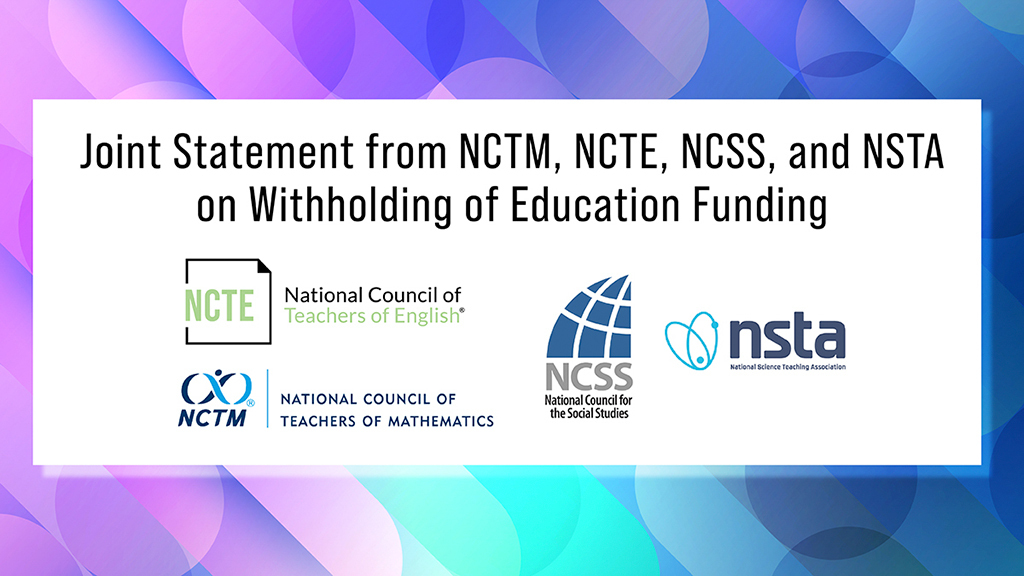Sponsored Web Seminar: Archive: Fall Into Science: Seasonal Investigations with Vernier, October 20, 2025
From “puking pumpkins” to decomposing leaves, participants will explore biology, chemistry, and physics experiments that connect real-world phenomena with timely, hands-on learning.
In this web seminar participants will:
From “puking pumpkins” to decomposing leaves, participants will explore biology, chemistry, and physics experiments that connect real-world phenomena with timely, hands-on learning.
In this web seminar participants will:
From “puking pumpkins” to decomposing leaves, participants will explore biology, chemistry, and physics experiments that connect real-world phenomena with timely, hands-on learning.
In this web seminar participants will:
From “puking pumpkins” to decomposing leaves, participants will explore biology, chemistry, and physics experiments that connect real-world phenomena with timely, hands-on learning.
In this web seminar participants will:
Freebies and Opportunities for Science and STEM Teachers, July 29, 2025
By Debra Shapiro

Pregnancy and Influenza Vaccination
Making an Informed Choice
By Cecilia Coca-Aitken, Taylor Dodson, Shannon B. Seidel

Freebies and Opportunities for Science and STEM Teachers, July 22, 2025
By Debra Shapiro

Joint Statement from NCTM, NCTE, NCSS, and NSTA on Withholding of Education Funding



